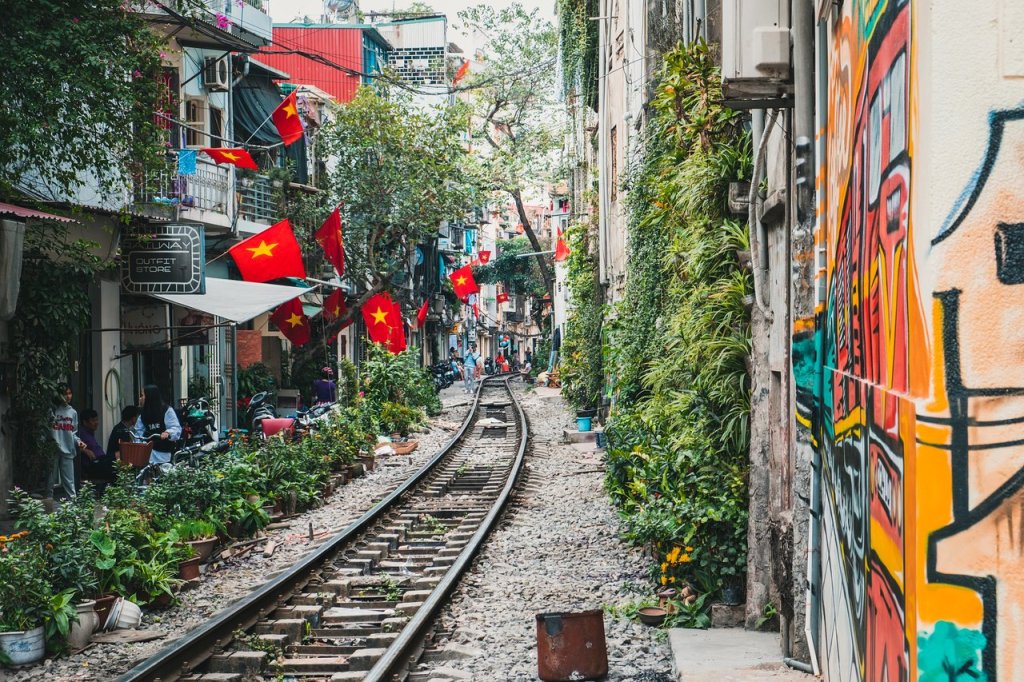
1. Brandenburg Gate
- Description: The Brandenburg Gate, an iconic symbol of Berlin, stands as a testament to the city’s history and unity. This neoclassical monument is particularly striking when illuminated at night.
- Price: Free
- Accessibility: Wheelchair-accessible with ramps and elevators.
- How to Get There: Conveniently located in central Berlin, it’s easily accessible by public transportation, including the U-Bahn and buses.
- Recommended Time: 30 minutes to 1 hour
- Tips: Consider visiting both during the day and at night for different atmospheres. To learn more about its historical significance, join a guided tour.

2. Museum Island
- Description: Museum Island is a UNESCO World Heritage site housing a collection of world-renowned museums. Explore art, archaeology, and history in this cultural treasure trove.
- Price: Prices vary by museum, but a day pass granting access to all museums costs around €18.
- Accessibility: Most museums are wheelchair-accessible with accessible restrooms.
- How to Get There: Reachable by tram or bus to Hackescher Markt station, followed by a short walk.
- Recommended Time: A full day (4-6 hours for all museums)
- Tips: Start your day early to make the most of your visit. Check museum hours and consider guided tours to enhance your experience.

3. Berlin Wall East Side Gallery
- Description: The East Side Gallery is a vibrant and historically significant stretch of the Berlin Wall, adorned with striking murals created by artists from around the world.
- Price: Free
- Accessibility: The wall is outdoors and wheelchair-accessible.
- How to Get There: Walk from Warschauer Straße station (U1) or take tram M10.
- Recommended Time: 1-2 hours
- Tips: Plan your visit during daylight hours to fully appreciate the artwork. Guided tours offer insights into the history and significance of the wall.

4. Reichstag Building and Dome
- Description: The Reichstag Building is not only the seat of the German parliament but also a historical and architectural gem. Its glass dome offers breathtaking panoramic views of Berlin.
- Price: Free (advance registration required)
- Accessibility: Wheelchair-accessible with ramps and elevators.
- How to Get There: Walk from Brandenburger Tor station (U55) or take a bus.
- Recommended Time: 1-2 hours
- Tips: Book your dome visit online in advance to secure your spot. Arrive early to go through security checks smoothly.

5. Berlin Zoo and Aquarium
- Description: Berlin Zoo, one of the world’s oldest, houses a diverse range of animals. Adjacent to it, the Aquarium invites you to explore the fascinating underwater world.
- Price: Combined ticket for zoo and aquarium is around €20.
- Accessibility: Both the zoo and aquarium are wheelchair-accessible.
- How to Get There: A short walk from Zoologischer Garten station (S-Bahn, U-Bahn) or accessible by bus.
- Recommended Time: 3-4 hours
- Tips: Visit the zoo in the morning when animals are more active. Wear comfortable shoes for walking.

6. Topography of Terror Documentation Center
- Description: This center offers a sobering look into the history of Nazi terror in Germany. It’s located on the site of the former Gestapo and SS headquarters.
- Price: Free
- Accessibility: Wheelchair-accessible with accessible restrooms.
- How to Get There: A short walk from Potsdamer Platz station (U2) or accessible by bus.
- Recommended Time: 1-2 hours
- Tips: Take your time to absorb the history, and consider using an audio guide for a more in-depth understanding.

7. Berlin Cathedral (Berliner Dom)
- Description: Berlin Cathedral is a magnificent Protestant church known for its stunning architecture and rich history. Visitors can explore its interior and climb to the dome for panoramic views.
- Price: Entry fee is around €7 for adults.
- Accessibility: Wheelchair-accessible with ramps and elevators.
- How to Get There: Walk from Alexanderplatz station (S-Bahn, U-Bahn) or take tram M2.
- Recommended Time: 1-2 hours
- Tips: Don’t miss the opportunity to climb to the dome for breathtaking views of Berlin (additional fee).

8. Charlottenburg Palace
- Description: Charlottenburg Palace is a magnificent baroque palace surrounded by beautiful gardens. It provides a glimpse into royal life in Berlin.
- Price: Palace entry is around €12 for adults.
- Accessibility: The palace is partially wheelchair-accessible, but some areas may have limitations.
- How to Get There: Take the S-Bahn to Westend station or a bus.
- Recommended Time: 2-3 hours
- Tips: Check the palace’s opening hours, and arrive early to avoid crowds. Explore the picturesque gardens, especially during spring and summer.

9. Berlin Botanical Garden and Botanical Museum
- Description: The Berlin Botanical Garden is a lush oasis featuring a diverse collection of plants from around the world. The accompanying Botanical Museum adds an educational element to the visit.
- Price: Entry fee is around €6 for adults.
- Accessibility: Wheelchair-accessible with accessible paths.
- How to Get There: Take the U-Bahn to Dahlem-Dorf station (U3).
- Recommended Time: 2-3 hours
- Tips: Visit during the spring or summer when the gardens are in full bloom.

10. Charlottenburg Palace Gardens (Schlosspark Charlottenburg)
- Description: The gardens surrounding Charlottenburg Palace are a tranquil escape in the heart of the city. They offer a peaceful environment for leisurely strolls and picnics. –
- Price: Gardens are free; palace entry fee applies.
- Accessibility: Wheelchair-accessible paths in the gardens.
- How to Get There: The same transportation options as Charlottenburg Palace apply.
- Recommended Time: 1-2 hours
- Tips: Pack a picnic and enjoy it amidst the picturesque landscapes.
General Tips:
- Consider purchasing a Berlin WelcomeCard for unlimited public transportation and discounts on attractions.
- Many museums offer free admission on specific days, so check in advance.
- Be vigilant about pickpockets, especially in crowded tourist areas.
- Learn a few basic German phrases or use a translation app to navigate the city.
- Check attraction websites for updated information on accessibility and COVID-19 guidelines.
Berlin offers a rich tapestry of history, culture, and entertainment, and it’s accessible to all. By planning ahead, you can make the
Itinerary
Day 1: Exploring Berlin’s Historical Heart
Morning:
1. Brandenburg Gate
- Start your day at the iconic Brandenburg Gate. Arrive early to beat the crowds and admire the gate’s grandeur. Take time to appreciate its Neoclassical architecture and historical significance.
- Recommended Time: 30 minutes to 1 hour
2. Reichstag Building and Dome
- Head to the nearby Reichstag Building, the seat of the German parliament. Register for your visit in advance to tour the glass dome for panoramic views of Berlin.
- Recommended Time: 2-3 hours (including dome visit)
- Tip: Book your dome visit online to secure your spot.
Lunch:
3. Unter den Linden and Pariser Platz
- Stroll down Unter den Linden Boulevard, lined with trees and historic buildings. Enjoy lunch at a cafe in Pariser Platz while overlooking the Brandenburg Gate.
- Recommended Time: 1-1.5 hours
Afternoon:
4. Museum Island
- Spend your afternoon exploring Museum Island, home to several world-class museums. Consider purchasing a day pass for access to multiple museums.
- Recommended Time: 4-6 hours (for all museums)
- Tip: Start with the Pergamon Museum for its impressive collections.
5. Berlin Cathedral (Berliner Dom)
- Visit the Berlin Cathedral nearby to admire its magnificent architecture and, if time allows, climb to the dome for panoramic views.
- Recommended Time: 1-2 hours
Evening:
6. Dinner and Relaxation
- Enjoy dinner at a local restaurant in the Mitte district, savoring German cuisine or international dishes.
- Consider an evening stroll in the neighborhood or along the River Spree to unwind.
Day 2: Cold War History and Cultural Exploration
Morning:
7. Berlin Wall East Side Gallery
- Start your day with a visit to the East Side Gallery, the longest remaining stretch of the Berlin Wall adorned with colorful murals. Explore the artwork and absorb the historical significance.
- Recommended Time: 1-2 hours
8. Checkpoint Charlie
- Head to Checkpoint Charlie, an essential Cold War-era checkpoint. Visit the Checkpoint Charlie Museum to delve deeper into the history of this iconic spot.
- Recommended Time: 1-2 hours
- Tip: Consider a guided tour for historical insights.
Lunch:
9. Potsdamer Platz
- Enjoy lunch at one of the restaurants in Potsdamer Platz, a modern and bustling district that was once a no-man’s-land during the Cold War.
- Recommended Time: 1-1.5 hours
Afternoon:
10. Holocaust Memorial and Topography of Terror
- Spend your afternoon reflecting on history at the Holocaust Memorial, a somber and thought-provoking installation. Then, visit the Topography of Terror Documentation Center for further historical insights.
- Recommended Time: 2-3 hours (combined)
- Tip: Use audio guides or guided tours to gain a deeper understanding.
Evening:
11. Dinner and Leisure
- Choose a restaurant in the Kreuzberg or Friedrichshain neighborhoods, known for their vibrant nightlife and diverse dining options.
- After dinner, explore the lively streets, bars, and clubs, soaking up Berlin’s eclectic atmosphere.
Day 3: Nature and Culture
Morning:
12. Berlin Zoo and Aquarium
- Start your day with a visit to the Berlin Zoo and Aquarium, home to a wide variety of animals and aquatic life. Plan to arrive early to see the animals when they are most active.
- Recommended Time: 3-4 hours
- Tip: Consider purchasing a combined ticket for both attractions.
Lunch:
13. Tiergarten Park
- Have lunch in the Tiergarten Park, Berlin’s largest urban park. Relax amid nature and enjoy a picnic or dine at a parkside cafe.
- Recommended Time: 1-2 hours
Afternoon:
14. Charlottenburg Palace and Gardens
- Spend your afternoon at Charlottenburg Palace, exploring the opulent palace interiors and wandering through the picturesque gardens.
- Recommended Time: 2-3 hours
- Tip: Check the opening hours and consider joining a guided tour.
Evening:
15. Berlin Botanical Garden and Botanical Museum
- Conclude your day with a visit to the Berlin Botanical Garden and Botanical Museum, where you can immerse yourself in the world of plants and greenery.
- Recommended Time: 2-3 hours
- Tip: Visit during the spring or summer for vibrant plant displays.
Useful Resources for Your Berlin Adventure
Planning a trip to Berlin can be an exciting yet challenging endeavor. To make your journey smooth and memorable, consider using these invaluable resources:
1. VisitBerlin (Official Tourism Website):
- Website: VisitBerlin
- Why It’s Useful: VisitBerlin is the official website of Berlin’s tourism organization. It offers comprehensive information on attractions, events, accommodation, transportation, and tours. You can also find downloadable maps and guides.
2. BVG (Berlin Public Transportation) App:
- App: BVG FahrInfo Plus (Available for Android and iOS)
- Why It’s Useful: The BVG app provides real-time information on Berlin’s public transportation system, including buses, trams, U-Bahn, and S-Bahn. You can plan routes, buy tickets, and check schedules.
3. Berlin WelcomeCard:
- Website: Berlin WelcomeCard
- Why It’s Useful: The Berlin WelcomeCard offers unlimited public transportation within Berlin and discounts on various attractions, museums, and tours. It’s available for different durations to suit your stay.
4. Google Maps:
- App: Google Maps (Available for Android and iOS)
- Why It’s Useful: Google Maps provides detailed maps, directions, and public transportation information for Berlin. You can also discover nearby restaurants, attractions, and reviews.
5. TripAdvisor:
- Website: TripAdvisor – Berlin
- Why It’s Useful: TripAdvisor offers traveler reviews, recommendations, and ratings for accommodations, restaurants, and attractions in Berlin. It’s a valuable resource for gathering insights from fellow travelers.
6. Time Out Berlin:
- Website: Time Out Berlin
- Why It’s Useful: Time Out Berlin provides up-to-date information on events, dining, nightlife, and cultural happenings in the city. It’s a great resource for discovering local experiences.
7. Berlin Museum Pass:
- Website: Berlin Museum Pass
- Why It’s Useful: The Berlin Museum Pass allows you to skip the lines at numerous museums and cultural sites. It’s especially useful if you plan to explore Berlin’s rich cultural offerings.
8. Deutsche Bahn (German Railways) App:
- App: DB Navigator (Available for Android and iOS)
- Why It’s Useful: If you plan to take day trips or travel beyond Berlin, the Deutsche Bahn app provides schedules and booking options for trains across Germany.
9. Travel Forums and Blogs:
- Websites: Various travel forums like Lonely Planet’s Thorn Tree and travel blogs by experienced Berlin visitors.
- Why They’re Useful: Travel forums and blogs offer firsthand experiences, advice, and tips from fellow travelers. You can ask questions, seek recommendations, and gain insights into off-the-beaten-path destinations.
10. Mobile Translation Apps: – Apps: Google Translate, Duolingo, or other translation apps. – Why They’re Useful: While many Berliners speak English, having a translation app can be helpful for understanding signs, menus, and communicating with locals, especially if you venture into less touristy areas.
These resources, combined with your travel itinerary, will help you navigate Berlin with ease, make the m





Leave a comment